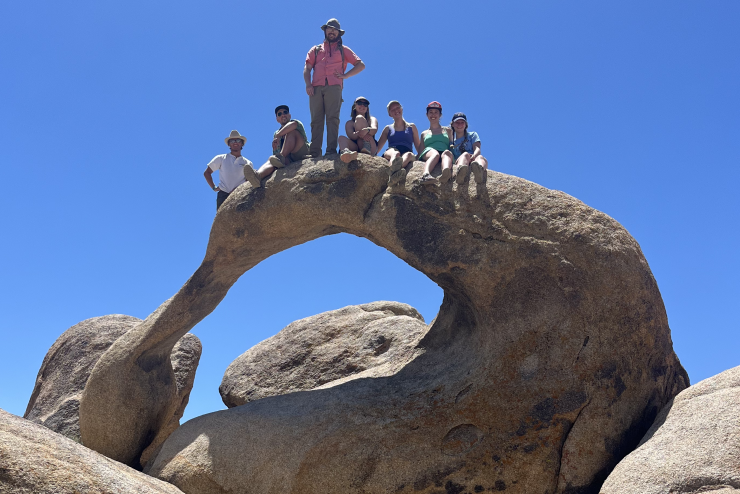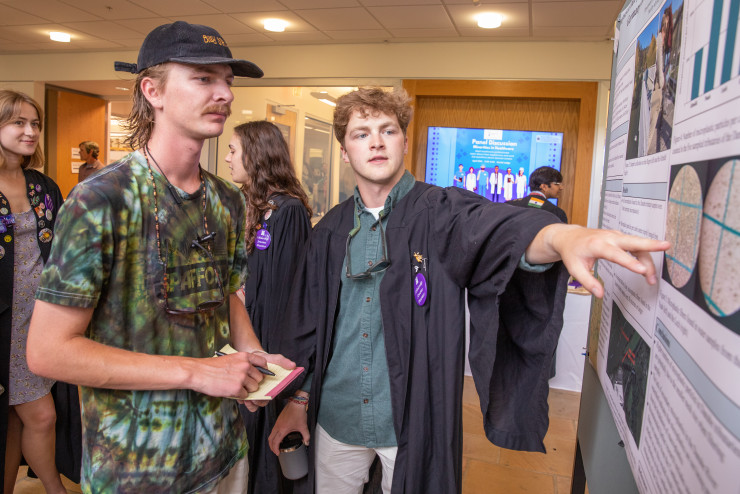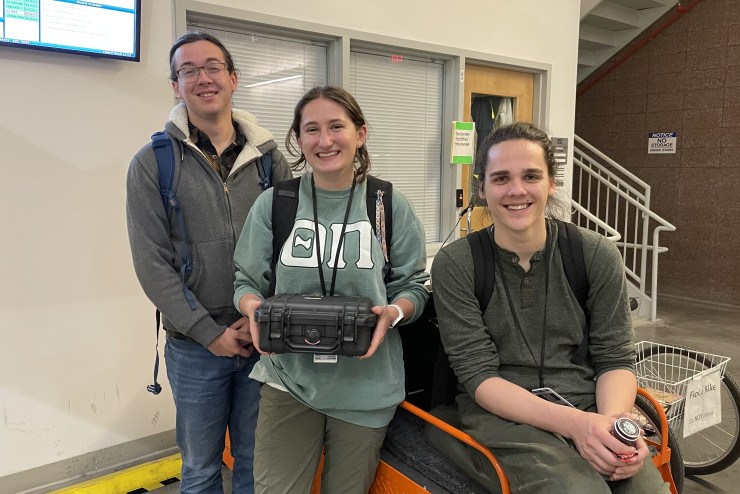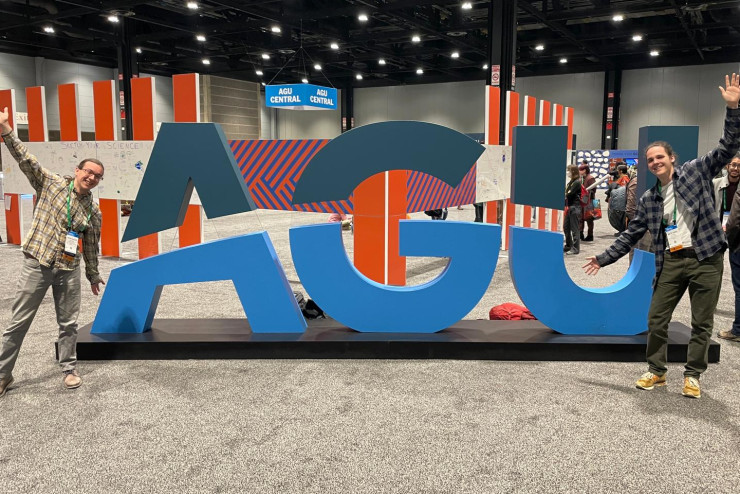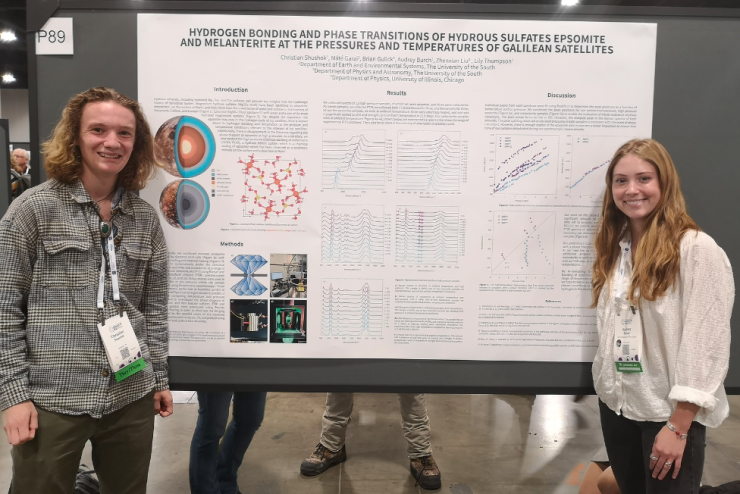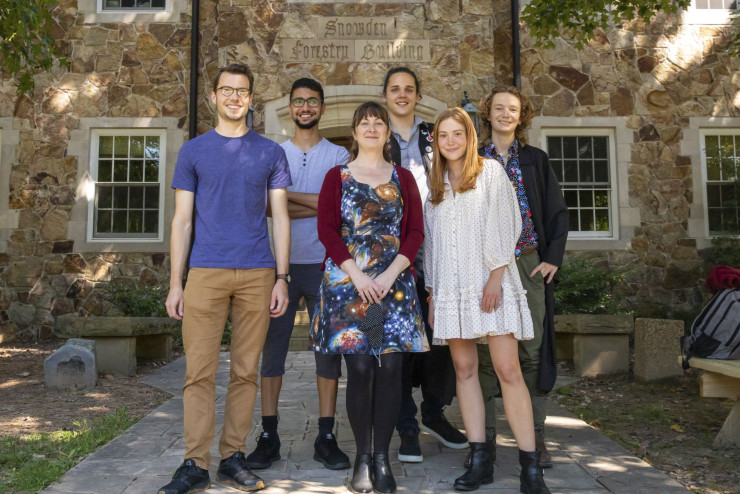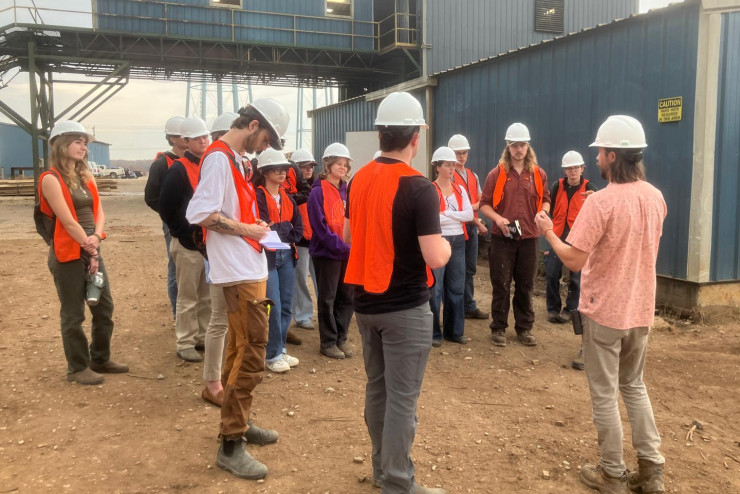
Hardwoods Mill Tour
Our Intro Forestry class toured Thompson Appalachian Hardwoods for a firsthand look at the modern hardwood sawmilling process. Students followed logs from the yard through sawing, drying, and grading, learning how technology, efficiency, and sustainable forest management connect. The visit offered a clear link between classroom concepts and real-world industry practice.
